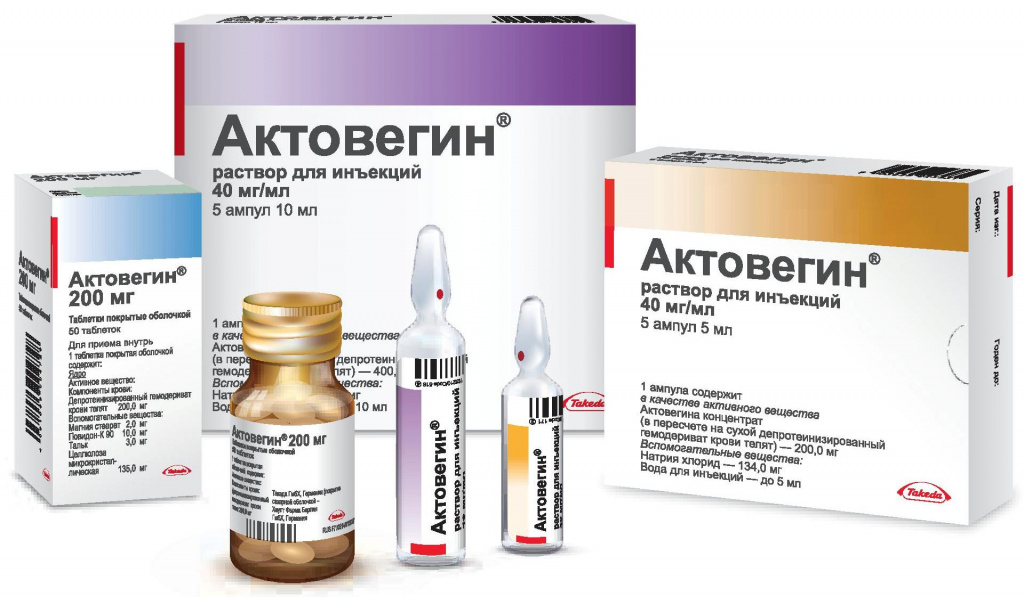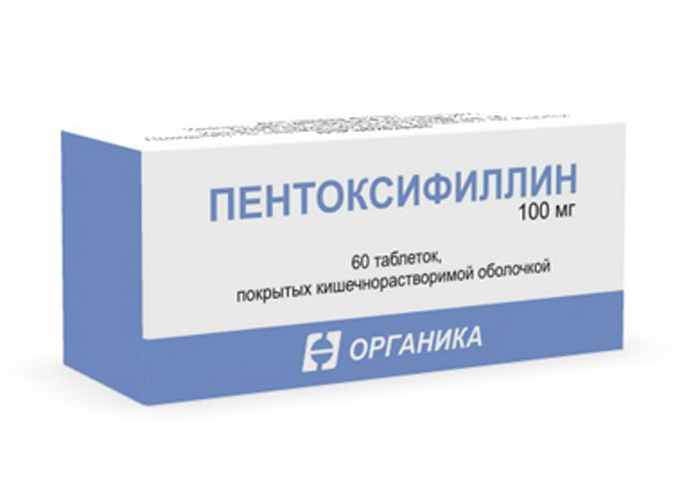What is better Actovegin or Pentoxifylline?
Actovegin and Pentoxifylline are drugs from similar pharmacological groups. They have a similar effect on the body and are used in one area of medicine. Favorably affect the central and peripheral blood flow - cope with the consequences of a stroke, improve the condition in diabetic neuropathy and other similar diseases. To an untrained person, these medicines seem the same, but is it really so?
We conducted a comparative analysis of Actovegin and Pentoxifylline and found out the similarities and differences between these means. As a source of information, we used the Vidal drug reference book, data from scientific reviews and clinical studies. Let's find out together which medicine is better and how Actovegin differs from Pentoxifylline.
Evidence-based medicine, or which drug has not been tested.
The presence of evidence is a key requirement for drugs. 10-15 years ago, doctors prescribed treatment, guided not so much by fresh scientific research, but by the accumulated practical base. Today, this tactic is not justified. When offering a patient a drug, the doctor must be confident in its effectiveness. Personal experience is not considered here - the positive effect of the drug must be confirmed by clinical studies.
According to current concepts, prescribed medication should be given a double-blind, randomized, placebo-controlled trial. For this, two groups of patients with the same diagnosis are selected. One group is offered a test drug, the other is a placebo. Distribution into groups occurs by chance: neither the doctor nor the patient know what they are treating with — medicine or a pacifier. Such an approach certainly allows one to find out what helped in the treatment — the test drug or self-hypnosis.
Let's see what kind of research has been done on the tools we are interested in.
Actovegin

Actovegin has been used in the world for over 40 years. It originated before the era of the dawn of evidence-based medicine, and there are no early studies on it. It was only at the end of the 20th century that research was conducted on this issue. Search in the database of scientific articles PubMed gives 149 articles on request. Among them are reviews of the drug of interest, but their results are disappointing. Most researchers indicate that the effect of Actovegin is questionable. For example, in the review from 2015, the journal Diabetes Obesity & Metabolism states that Actovegin did not receive FDA approval (US Food and Drug Administration) because of its low efficacy in the treatment of diabetes vascular complications.
In 2017, were published data from a large randomized study dedicated to Actovegin. The review indicates that the drug has proven itself in the treatment of cerebrovascular diseases. This means that in violation of cerebral blood flow after a stroke Actovegin can and should be used. In other conditions, according to research, there is no sense to use the drug for two reasons:
Actovegin showed its inefficiency: for example, in the treatment of diabetic neuropathy (complications of diabetes), with a knee injury and Achilles tendon. Many reviews indicate that there is not enough data for an exact conclusion, and additional tests are needed.
The effectiveness of Actovegin was not evaluated. For example, until recently, this drug was prescribed to pregnant women with the development of fetal hypoxia. No research on this issue has been conducted, so it is impossible to seriously talk about the beneficial effect of the drug.
Pentoxifylline

For Pentoxifylline, the situation is somewhat better. This drug is prescribed for vascular disorders. Best of all, he has proven himself in the treatment of post-stroke conditions. Evidence of its effectiveness has been presented in various sources:
In the journal "Neurology and Psychiatry" from 2010 were published data pharmacoanalytical research. It was shown the effectiveness of the drug in ischemic strokes, pathology of the peripheral nervous system. The positive effect of the drug in the treatment of neurological diseases is indicated.
In 2018, data on the effectiveness of Pentyxifillin in the treatment of disorders of cerebral circulation were presented.
In foreign sources, a more skeptical attitude towards the drug. They indicate that Pentoxifylline is prescribed only for blood flow disturbances in the vessels of the lower extremities (intermittent claudication). The FDA only recognizes this indication. For other diseases, the effectiveness of the drug remains questionable.
At this point, our review could be completed, since it is not entirely correct to compare the continued preparations. In some situations it is more logical to use Actovegin, in others Pentoxifylline will cope better with its task. But let's look at these drugs in terms of their composition, tolerability and effects on the human body.
How does it work?
The active ingredient of Actovegin is deproteinized blood hemodialysis of calves. This blood, artificially devoid of proteins and other large particles. According to the instructions, the drug acts as follows:
-
activates the absorption of oxygen by the cells;
-
improves tissue metabolism;
-
protects nerve cells from destruction.
It is not known which component of the blood of calves works that way. It is assumed that all these processes trigger inositol-phospho-oligosaccharides.
The effect of the use of the drug occurs 30 minutes after its introduction. The maximum concentration of the drug in the blood is noted after 3-6 hours. The path of Actovegin in the body can not be traced, since it consists of blood components.
Pentoxifylline is an angioprotector. Its effects are:
-
improves blood circulation in small vessels;
-
protects blood vessels from damage;
-
prevents blood from clotting.
The drug acts slowly. The effect comes after 2-6 weeks. In clinical studies, the effect of pentoxifylline is evaluated only after 4-6 months.
Findings:
-
Actovegin promotes saturation of tissues with oxygen and is effective in hypoxia. It acts faster, but rather is eliminated from the body. Tracking its pharmacokinetics is impossible.
-
Pentoxifylline affects mainly the viscosity of the blood and the state of the microvascular bed. It improves blood flow. Designed for a long course.
When is appointed?
According to the instructions Actovegin used in such situations:
-
decreased attention and memory after a stroke;
-
violation of peripheral blood flow;
-
diabetic polyneuropathy.
Pentoxifylline is used in the same situations, plus other indications are added:
-
trophic disorders as a result of thrombosis of arteries and veins, varicose disease;
-
insufficient blood supply in the tissues of the eye and ear.
How is it transferred?
Both drugs are well tolerated and rarely cause side effects. Actovegin can cause an allergic reaction by the type of urticaria.With the introduction of pentoxifylline may cause feelings of heat, facial flushing, lower blood pressure, heart rhythm disturbances. These phenomena are short-lived and usually not dangerous for the patient.
Who is contraindicated?
In relation to Actovegin almost no contraindications. According to the instructions, it should not be used only if you are hypersensitive.
Pentoxifylline has more contraindications:
-
massive blood loss;
-
acute phase of myocardial infarction;
-
cerebral hemorrhage, retina;
-
severe heart disease.
Actovegin and Pentoxifylline are not used in children under 18 years old - there is no data on the safety of drugs. The use of these drugs during pregnancy is not recommended.
How to take?
Actovegin is available in tablets and solution for injection. Tablets administered orally 2-3 times a day course for 5-10 days. Intravenous drip drug put 5-7 days, after which the patient is transferred to the tablet form. The pattern of use may vary depending on the specific clinical situation.
Pentoxifylline is available only as a solution for injection. Introduced intravenously within 10-20 days. Allowed in some sources even recommended long-term use of the drug - up to 1.5 months.
The review shows that Actovegin and Pentoxifylline affect the body in different ways and are used in certain clinical conditions. They are not interchangeable and cannot be used as analogues. The sequential assignment of comparable means to achieve different goals is allowed. The choice of the drug is always for the doctor. Only a specialist can tell exactly which medicine will benefit the patient, determine the desired dosage and select a treatment regimen.








